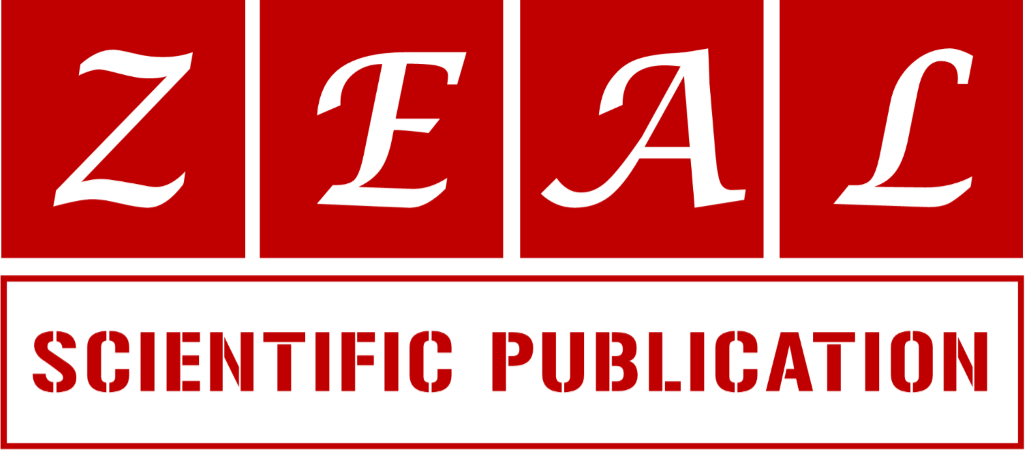Interest of toxicological analysis in patients admitted to a pediatric emergency department
1 Laboratory of pharmacology and clinical toxicology, Hassan II University, Faculty of Medicine and Pharmacy of Casablanca, Morocco.
2 Department of Pediatric Emergency, Abderrahim Harouchi Mother and Child Hospital, Ibn Rochd University Hospital, Casablanca, Hassan II University, Faculty of Medicine and Pharmacy of Casablanca, Morocco.
3 Poison Control and Pharmacovigilance Centre of Morocco, Rabat, Morocco.
Research Article
World Journal of Biological and Pharmaceutical Research, 2024, 06(02), 001–007.
Article DOI: 10.53346/wjbpr.2024.6.2.0029
Publication history:
Received on 11 February 2024; revised on 27 March 2024; accepted on 30 March 2024
Abstract:
Objective: Evaluate the interest of toxicology screening in the management of patients in a pediatric emergency department, by assessing its diagnostic utility.
Patients and Methods: This is a retrospective cross-sectional study conducted over two years in the Emergency Department of the Abderrahim Harouchi Mother and Child Hospital, of the Ibn Rochd University Hospital in Casablanca, Morocco. We included all children who underwent qualitative toxicological screening by Gas Chromatography coupled with Mass Spectrometry (GC/MS). A descriptive analysis was conducted on the clinical and toxicological characteristics of the patients. The contingency test allowed us to compare the context of the toxicological screening request and its diagnostic utility.
Results: Eighty-seven children were included, with a Male-to Female sex ratio of 1.2. The age of the patients ranged from 1 month to 14 years, with a median of three years. Among the included population, 119 screenings were performed. Drugs were implicated in 27 cases, while 4 pesticide intoxications were found, including carbofuron, chloralose, methomyl and terbucarb, along with 2 cannabis intoxications. A proportion of 88% of screening requests, made in the absence of clinical guidance, turned out to be positive, accounting for 31% (24 cases out of 77) (p<0.001).
Conclusion: Toxicological analysis is a valuable tool to assist the clinician in managing intoxications by confirming or excluding the toxic hypothesis. However, toxicological analysis can only be useful and effective, avoiding analytical pitfalls, in the presence of dialogue between the clinician and the analyst.
Keywords:
Intoxication; Screening; Emergencies; Toxicological Analysis; Children
Full text article in PDF:
Copyright information:
Copyright © 2024 Author(s) retain the copyright of this article. This article is published under the terms of the Creative Commons Attribution Liscense 4.0
